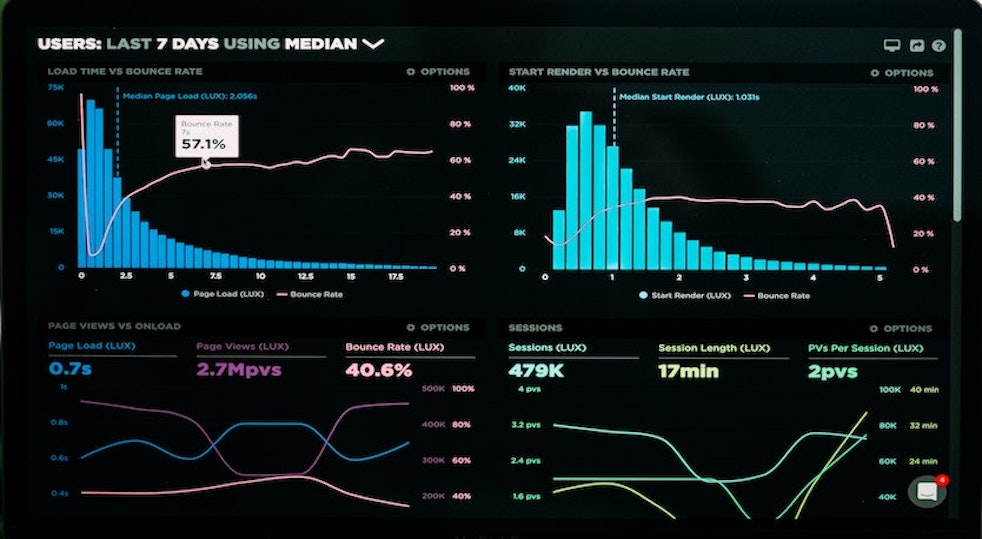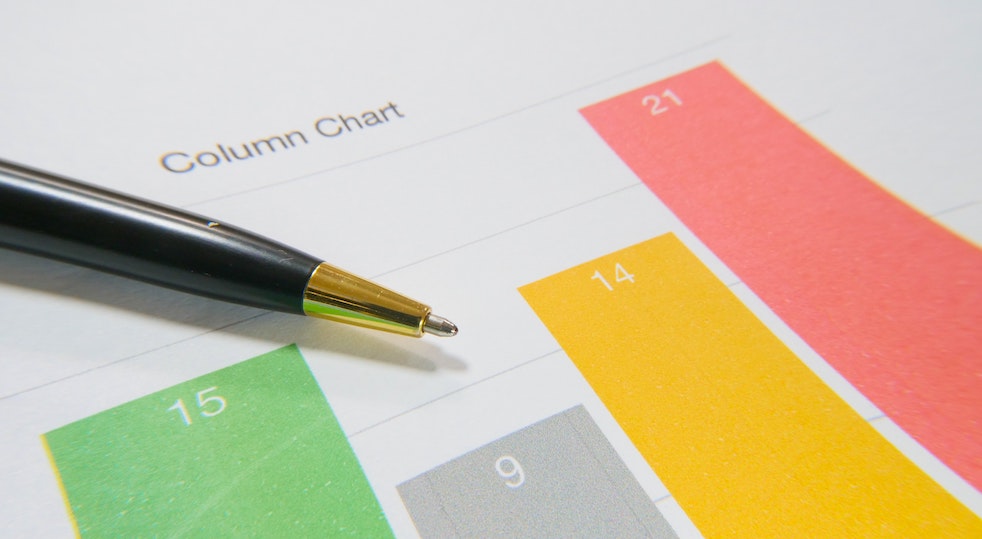To complement our series of QuickReads covering measurement, we will now explore Failure Demand (FD).…

ChangeWise Quick Read: Measurement Series – Data Collection Strategies Explained
To complement our series of QuickReads covering measurement, we will now explore the various data collection strategies along with tips on how to decide which one would be most suitable for your Lean improvement.
What are the different data collection strategies and why do I need to know about them?
Three data collection strategies help to guide the development of a data collection plan. Let’s explore each one in a little more detail.
Retrospective (Historical) Data Collection
Retrospective data collection is a passive strategy that uses data from records, systems, files and interviewing individuals about past events. It is often viewed as the most accessible and least expensive to collect.
An example of this strategy could be asking a sample of 100 adults with a certain health condition about their diet and lifestyle during their childhood. A second sample of 100 adults without the health condition would be asked the same questions, results between the two samples are then compared to ascertain if there is a correlation.
Retrospective data should always be used with caution because you may not know how the data was originally collected or who collected it – so information may not be truly representative of the current process being analysed. You are relying on the accuracy of record keeping and the memory of others.

Photo by Wesley Tingey on Unsplash
Observational Data Collection
Observational data collection is a passive strategy in which you or a project team member collects data during the project lifecycle and observing the process in its current state. This can be observing behaviour, events or characteristics in their natural setting.
This method can be classified into four types:
Participant Observation (collecting data whilst involved in the activity)
Simple Observation (collecting simple numerical data)
Direct Observation (Observing the activity as it happens)
Covert Observation (observing secretly)
An example of observational data collection might be a school inspector capturing information on how a Geography lesson is conducted.
This data collection strategy will typically result in more time and greater cost than retrospective data collection. However, it may better represent the true process in its current state. This strategy will also be necessary if the data required has not been documented or collected in the past, e.g. Failure Demand.

Photo by nine koepfer on Unsplash
Experimental Data Collection
Experimental data collection is an active strategy used to find cause-and-effect relationships. This strategy provides the project team with information to optimise the process output by fine-tuning process inputs. The data collection involves active intervention by the researcher to produce and measure change as variables are adjusted.
An example might include testing the performance of car tyres under different temperatures by running them for the same duration on the same surface whilst carefully adjusting the temperature using controlled methods.
This method is also routinely used in pharmaceutical companies to validate the effectiveness of various medicines.
The main challenge with experimental data collection is ensuring the research design is valid, accurate and without the possibility of human error. It is also time consuming and may prove expensive. In contrast, researchers have firm control over the variables and the method allows for very specific analysis.

Photo by Alex Kondratiev on Unsplash
In Summary
There are three main data collection strategies that can be used to guide the development of your data collection plan. This includes Retrospective, Observational and Experimental Data methods. Your choice of method will depend on the needs of your improvement project. However, making sure you collect accurate, meaningful data that adds real value to your lean improvement is more important than the type or complexity of the data you collect.
Have we got you interested? Get in touch with the ChangeWise team at info@changewise.co.uk
Visit us at https://www.changewise.co.uk/changewise-news/ for related ChangeWise QuickReads:
- The Data Collection Plan
- Measurement Categories
- Clarifying Customer Requirements; CTQ Measures
- Sourcing Customer Voice
- The Issue with Data
- Sampling Techniques
ChangeWise believes employee engagement is the foundation for successful Change. Training and coaching your people to use simple continuous improvement techniques will enable your organisation to continuously adapt and stay ahead in a constantly changing and challenging environment.
For updates and interesting Lean Change insights, connect with us on LinkedIn.



